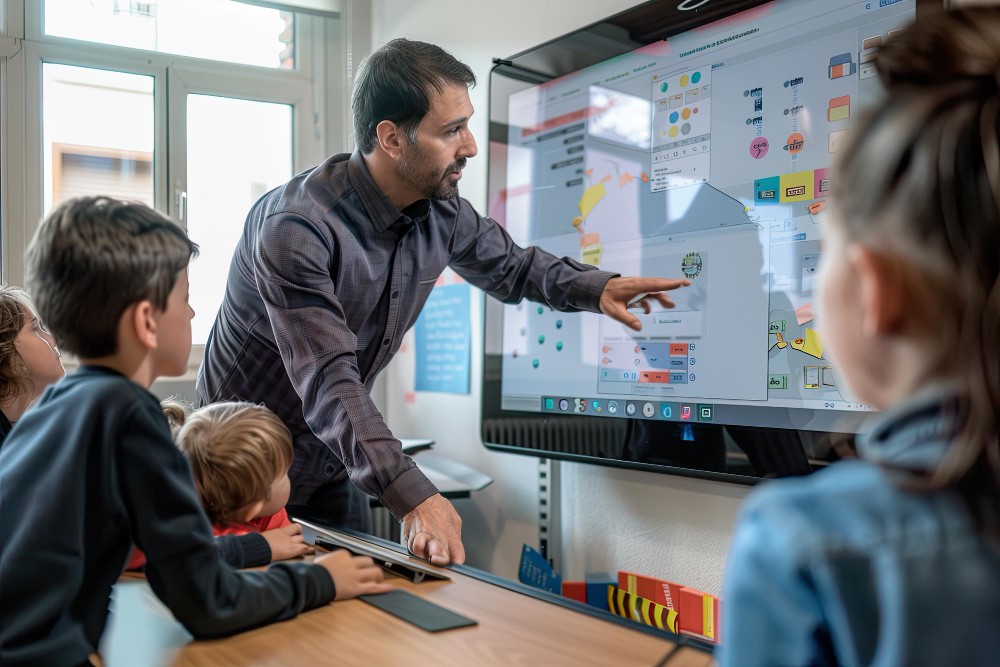As we delve into the evolving landscape of education, understanding the characteristics and preferences of Generation A—a cohort born in the late 2010s—is crucial for educators aiming to harness the transformative power of eLearning. With technology as an intrinsic part of their lives, Generation A showcases distinct values and behaviors that demand a departure from traditional teaching methodologies. Presenting information in accessible, bite-sized formats, maximizing the potential of interactive tools, and including personalized learning pathways can significantly enhance the educational experience of this tech-savvy generation. Educators must therefore adapt strategies that resonate with this demographic, ensuring that lessons are not only informative but also engaging and relevant.
First and foremost, interactivity becomes a cornerstone in creating effective eLearning environments for Generation A. This generation thrives in digital spaces where they can actively engage with content, rather than passively receive it. Incorporating gamified elements into the curriculum—such as quizzes, simulations, and rewards—facilitates a dynamic learning experience that can sustain the attention of these young minds. Additionally, leveraging augmented reality (AR) and virtual reality (VR) technologies can enrich the learning experience, offering immersive experiences that traditional learning methods cannot provide. This interactivity fosters a deeper understanding of educational material, encouraging students to explore topics from innovative angles.
Another essential element in preparing Generation A through eLearning is personalization. Since students in this generation are accustomed to personalized experiences in their daily digital interactions, education systems must follow suit by providing customized learning journeys. Adaptive learning platforms track individual progress and adapt content to suit each learner’s pace and understanding, thereby enhancing their ability to grasp complex concepts. This personalized approach not only nurtures autonomy but also boosts confidence as learners witness their growth in real time. Educators can appeal to diverse learning styles by integrating a variety of multimedia resources, including video tutorials, podcasts, visual aids, and interactive presentations.
Moreover, educators must acknowledge and bridge the digital divide to ensure all students have equitable access to eLearning platforms. Despite Generation A’s innate comfort with technology, not all students have consistent access to digital tools and resources. Schools and educators should prioritize providing necessary devices and internet connectivity, fostering an inclusive environment where every learner can thrive. Collaborations with tech companies or governments may facilitate the distribution of resources, bridging gaps in accessibility. The focus should be on creating a universally accessible platform where each learner can benefit from the richness of digital education.
Teachers should also embrace the data-driven nature of eLearning to better understand and meet the needs of Generation A students. Analytics tools embedded in eLearning platforms offer valuable insights into student behaviors, preferences, and performance trends. By analyzing this data, educators can make informed decisions to refine their teaching strategies, ensuring content remains engaging and effective. This continuous feedback mechanism allows for the timely resolution of learning challenges, enabling educators to provide targeted support for students who require additional assistance.
Furthermore, incorporating collaborative projects into eLearning modules can significantly enhance learning experiences for Generation A students. As social beings, these learners benefit from opportunities to work together, even in virtual settings. Assigning group projects that require students to brainstorm, communicate, and solve problems collectively fosters essential skills such as teamwork and leadership. Online forums, discussion boards, and cloud-based collaborative tools facilitate seamless communication and idea exchange, mirroring the collaborative nature of the modern workplace.
Lastly, future-ready educators should emphasize the development of digital literacy skills as a fundamental component of eLearning for Generation A. As this generation will navigate increasingly digital landscapes, equipping them with competencies such as coding, digital communication, and data analysis is imperative. By integrating lessons focusing on these skills within the eLearning curriculum, educators can prepare students to confidently tackle the challenges and opportunities of the future digital world. By doing so, they are not just teaching content; they are shaping individuals who can adeptly maneuver through a technology-driven society.
